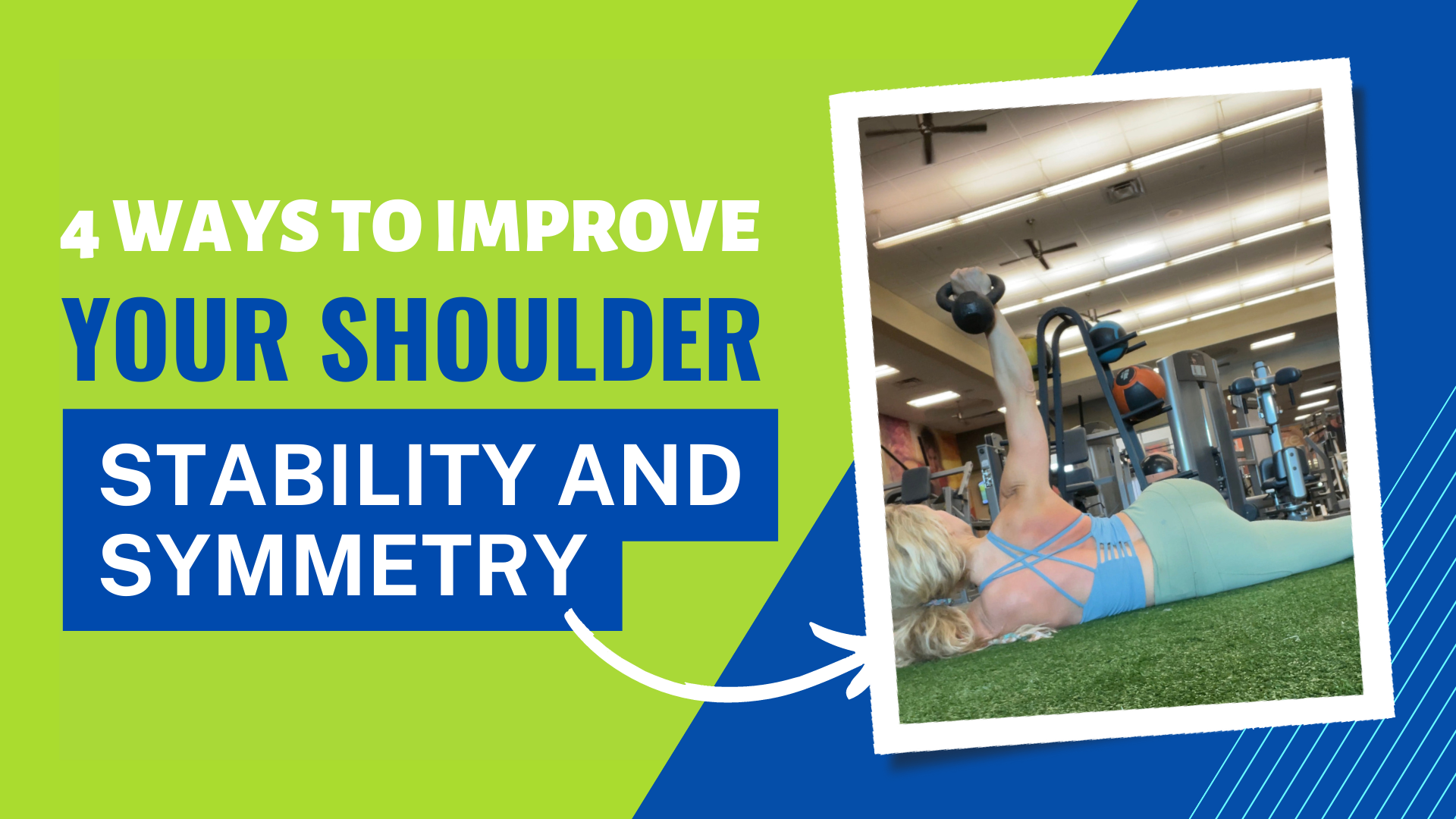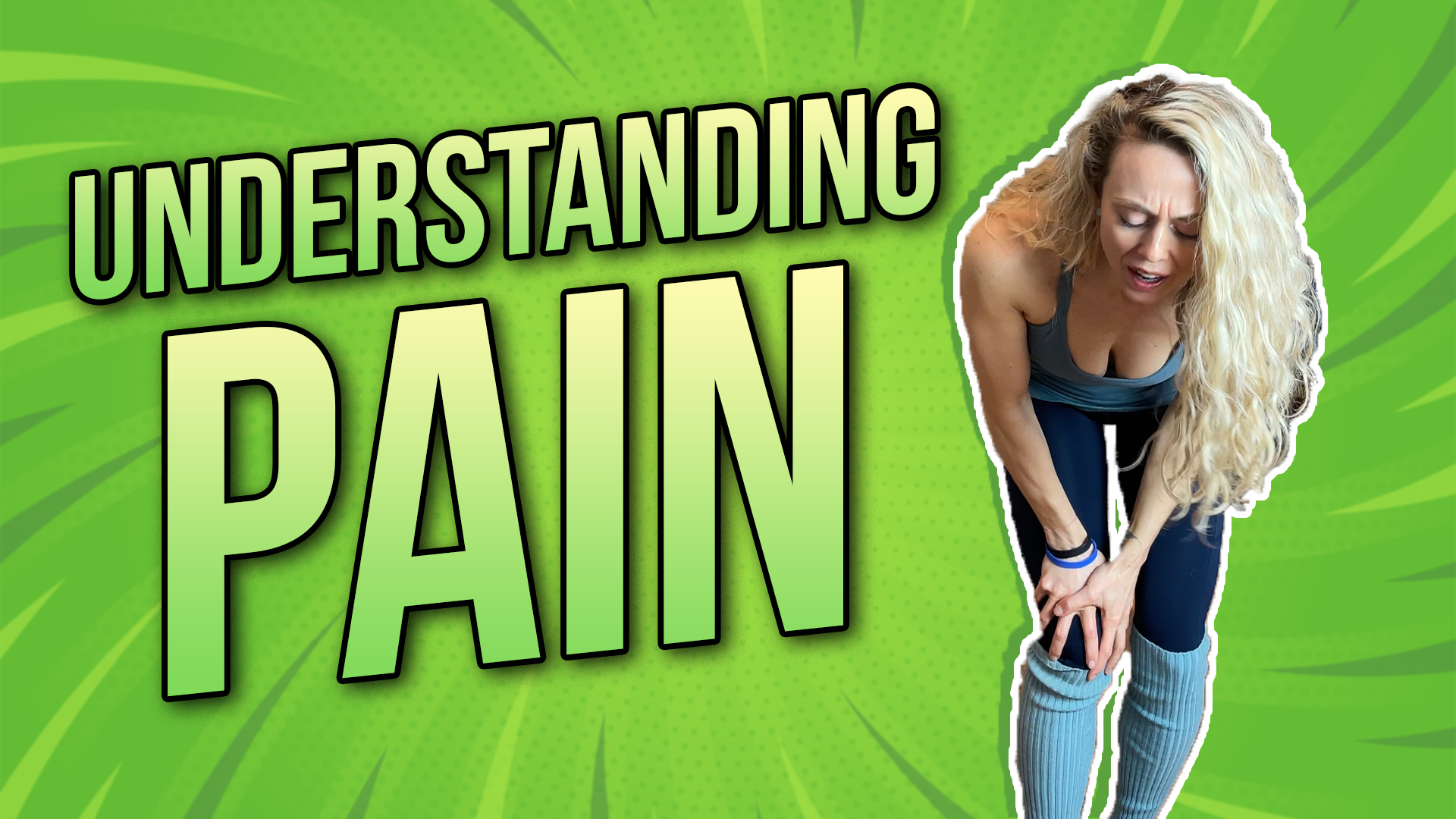Are you struggling with a strength deficit or you keep getting injured? Well, it’s really important to address your shoulder stability and symmetry to be able to optimize your overall strength, performance, and movement longevity.
Rather watch or listen?
What is stability?
Stability is defined as sequencing, timing, and coordination, also referred to as “motor control.” It is different from strength which is defined as how much force we can generate. The best way to improve stability is through isometric contractions that create fascial tensioning— tension around the joint. Think of our stabilizers as muscles that are close to the joint. If we’re referring to the shoulder specifically, the rotator cuff close to the joint.
What is symmetry?
The first thing to recognize is that we are asymmetrical beings because of all the placements of our organs. However, asymmetry in movement can be a predictor of injury. For example, if we can move our right shoulder in a certain range of motion and we are very limited on the left, that could be a huge predictor of injury. As you are working through a proper training program, you want to try to create symmetry. The exception to that rule is high level athletes, like golfers, who whose asymmetry can contribute to their peak performance. To do that, it’s great to do unilateral exercises to see how the right shoulder compares to the left shoulder and vice versa, for example.
4 ways to improve your shoulder stability and symmetry
Although there are many exercises that you could do as well as assessments, I would suggest these few exercises that I think can be very valuable in assessing as well as treating your shoulder symmetry and stability. Now, if any of these progressions are too hard for you, please do what feels appropriate.
Here are four ways to improve your shoulder stability and symmetry:
1. Kettlebell screwdriver
Start with a kettlebell hold. You want to think about packing the shoulder, bringing the shoulder blade down towards the ground and down towards your hips, maintaining that tension in the shoulder while you slowly rotate it in and out. From there, you can move towards a kettlebell arm bar.
2. Kettlebell arm bar
For this, drive from the hips, while keeping the shoulder stable the whole time, moving into your arm bar position where you’re gazing up at the bell. Hold that position for 30 seconds to 1 minute and then come back to your start position while initiating the movement from the thoracic spine.
3. Side kick through and crab
Based on animal flow, start from a beast position and drive the ground away and you reach one leg through. Then you can also move into a crab, maintaining strong shoulder integrity.
4. Halo
Lastly is the halo to bring it all together, integrating your core. From a tall kneeling or half kneeling position, while using a kettlebell, bringing it around the head while maintaining a strong foundation.
If these exercises were helpful, please make sure you give it a like, share it with a friend or family member who might need this, and of course, subscribe to our YouTube channel, The Movement Paradigm, for weekly tips on mindset, nutrition, and movement.
If you need help with your shoulder, please make sure you reach out. We can see you virtually or in person and would love the opportunity to help you on your journey.
Other things that may interest you:


